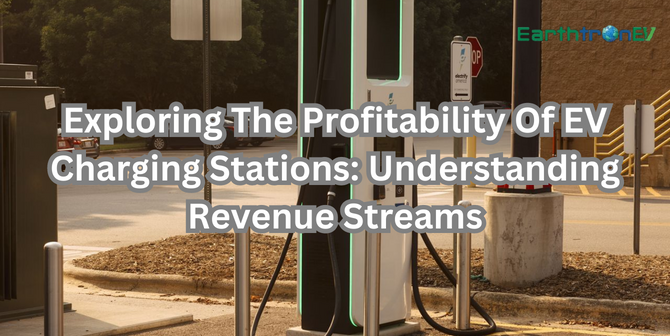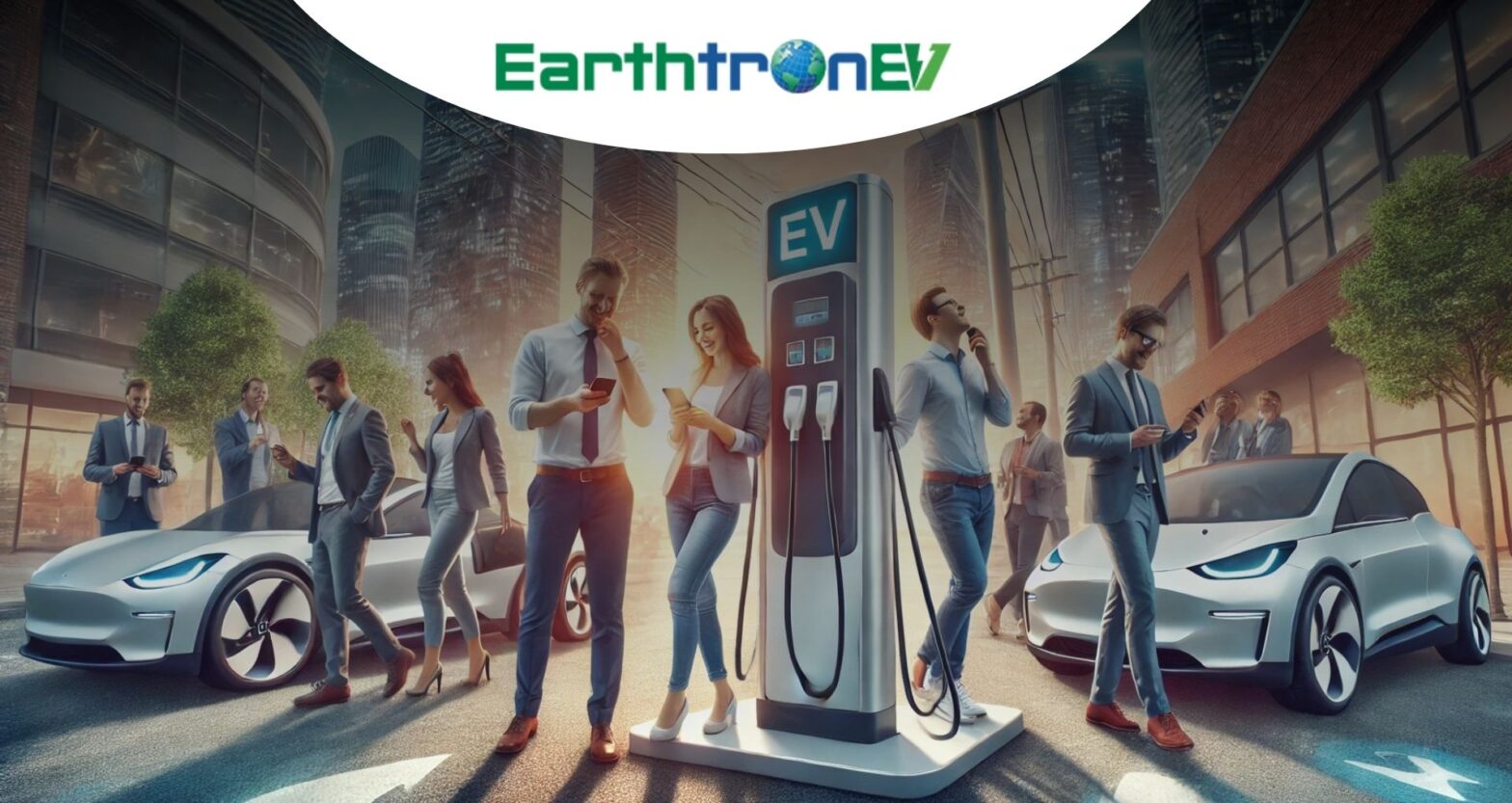“Electric vehicles are on the rise, and so is the demand for EV charging stations. As more individuals embrace sustainable transportation alternatives, entrepreneurs are presented with a unique opportunity to tap into this emerging market.
But how profitable can EV charging stations be? In this blog post, we will dive into the world of revenue streams and explore the potential profitability of investing in an EV charging station franchise.”
Understanding the Revenue Streams of EV Charging Stations
There are a few different ways that EV charging station owners can generate revenue. The most common is through charging fees, which can be either a flat rate or a per-kWh fee. Other revenue streams include advertising and sponsorships, which can be displayed on the charging station itself or on accompanying materials (e.g., maps, websites, and apps).
Additionally, some jurisdictions allow for the sale of renewable energy credits (RECs) associated with the electricity used to charge EVs. EV charging stations can also generate revenue through subscription plans, in which drivers pay a monthly or annual fee for access to discounted or premium charging services.
Potential Revenue Streams for EV Charging Station Operators
There are several potential revenue streams for EV charging station operators, including:
1. Usage fees: Users can be charged a fee for each charging session, similar to how they would be charged for using a traditional gas station.
2. Advertising: Charging stations can be used as advertising space, with operators charging companies to advertise their products or services on the stations.
3. Sponsorships: Operators can seek out sponsorships from companies or organizations that support the growth of electric vehicles. These sponsorships can take many forms but often involve some form of financial support in exchange for promotional opportunities.
4. Government incentives: In some cases, governments may offer financial incentives to encourage the development of EV infrastructure. This could take the form of tax breaks, subsidies, or other forms of support.
Business Models for EV Charging Station Operators
There are a few different business models that station operators can choose from when it comes to running an EV chargintation.
- The first model is the subscription model, in which customers pay a monthly or annual fee to use the station. This model requires a large up-front investment to build the infrastructure and purchase the equipment but can provide a steadier stream of revenue over time.
- The second common business model is the pay-per-use model, where customers are charged per kWh of electricity used, or per minute of charge time. This model can be more profitable than the subscription model if there is high demand for charging services, but can also be less predictable and require more customer outreach to be successful.
- Some operators choose to offer free charging services, funded by advertising or other means. This model can be difficult to sustain long-term but can help increase visibility and foot traffic for businesses that are located near the charging station.
Analyzing the Financial Performance of EV Charging Stations
The financial performance of EV charging stations can be analyzed in terms of revenue and profitability. The main revenue streams for EV charging stations are usage fees, advertising, and membership fees.
Usage fees are the most important revenue stream for EV charging stations. Usage fees are charged per kilowatt-hour (kWh) of electricity used to assess an electric vehicle.
Advertising is the second most important revenue stream for EV charging stations. Advertising revenues are generated by displaying advertisements on the charging station’s screen or providing space for advertisers to place their billboards or signage near the charging station.
Best Practices for Optimizing Profitability
There are a number of best practices that can be followed in order to optimize profitability for EV charging stations. Perhaps the most important best practice is to understand the various revenue streams that are available and how they can be maximized.
- One revenue stream comes from the sale of electricity. This is generally a per-kWh charge and it will vary depending on the market rates in your area. It’s essential to keep an eye on these rates and adjust your pricing accordingly.
- Another revenue stream comes from membership fees or subscription charges. This could be a monthly fee charged to customers who use your EV charging station regularly.
- Another way to generate revenue is through advertising or sponsorships. If you have a high-traffic location, you may be able to sell advertising space on your EV charging station or on related materials (such as signage or marketing collateral). You could also look for sponsorships from local businesses that want to support the growth of EVs in your community.
Don’t forget about government incentives and rebates that may be available in your area. These can help offset the costs of installing and operating an EV charging station, making it more profitable in the long run.
Why choose us?
The goal of our company is to deliver sustainable green energy solutions that can help save the planet from climate change.
Team EarthtronEV is fully apprised of the pressing need for EV charging stations in the future. Many countries are taking a bold step forward toward transitioning from fuel-based to electric vehicles.
We anticipate that India will soon set a benchmark in this regard as it is the requirement of the times. To this end, EarthtronEV aims to connect cities and highways through cost-effective charging ports that offer quick charging services together with other amenities.







